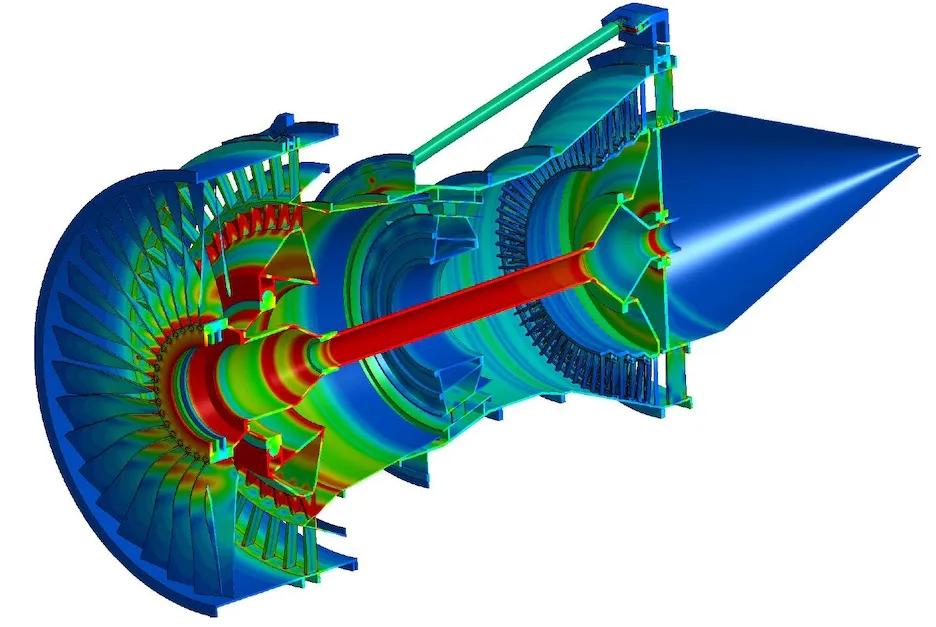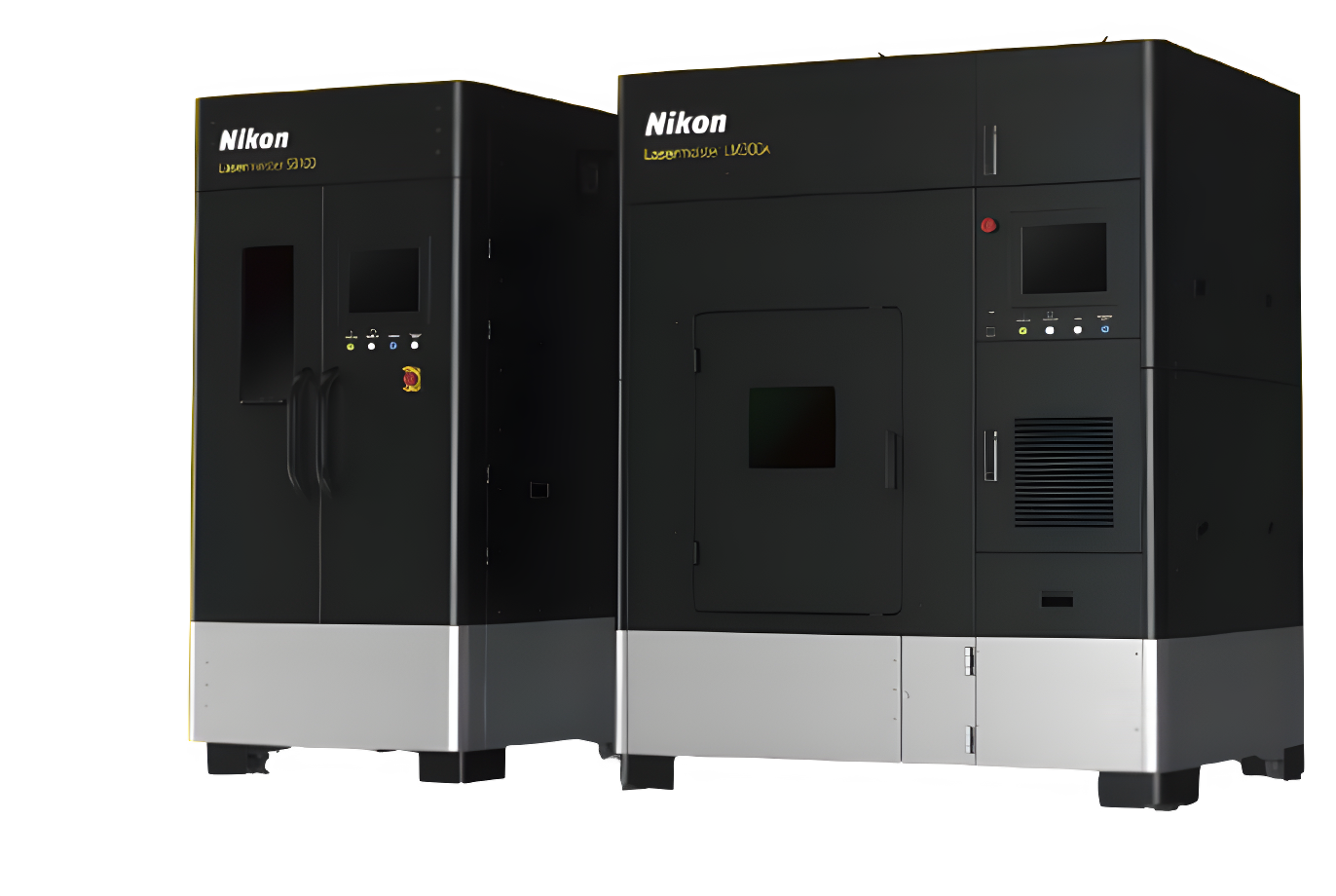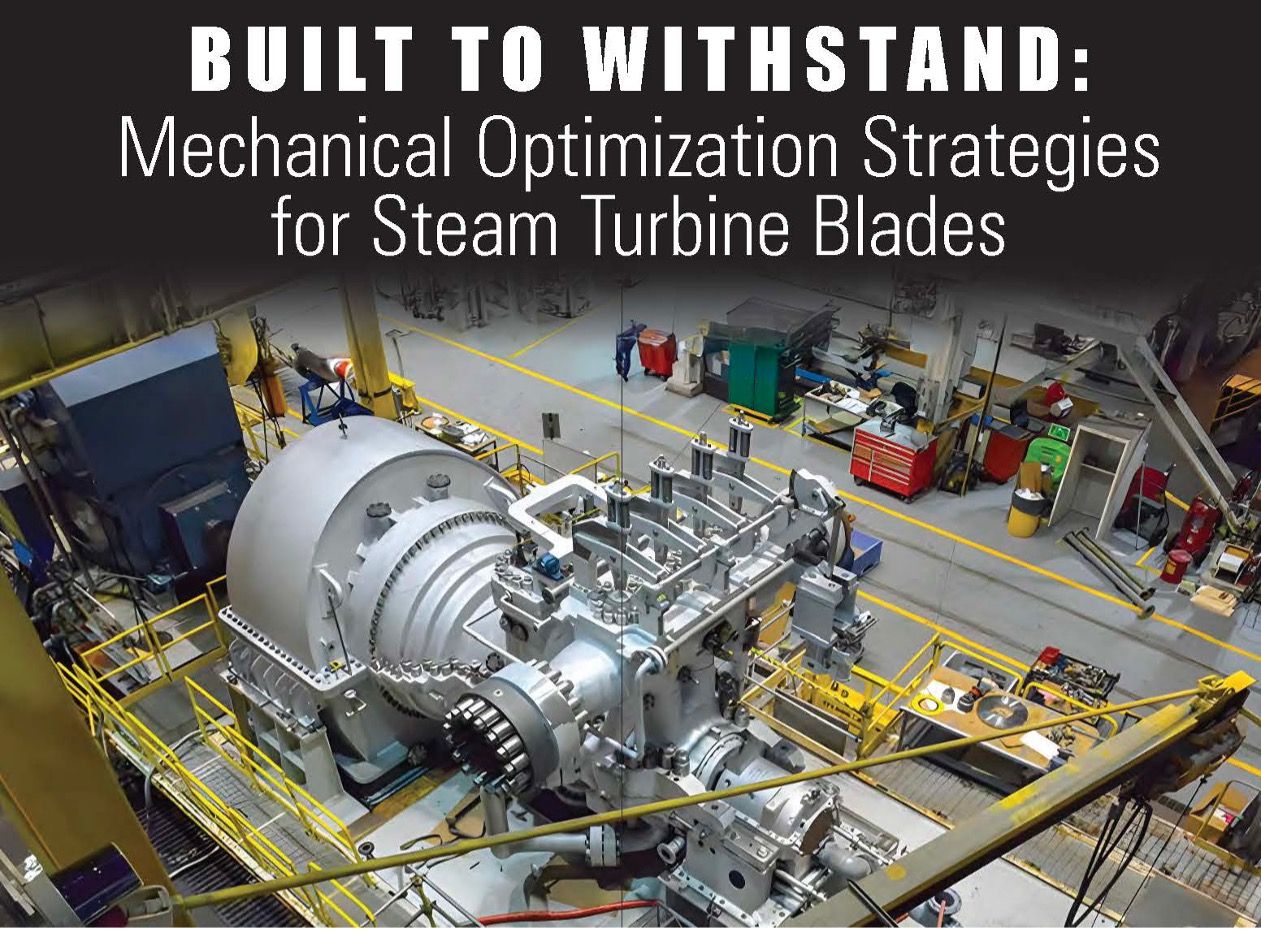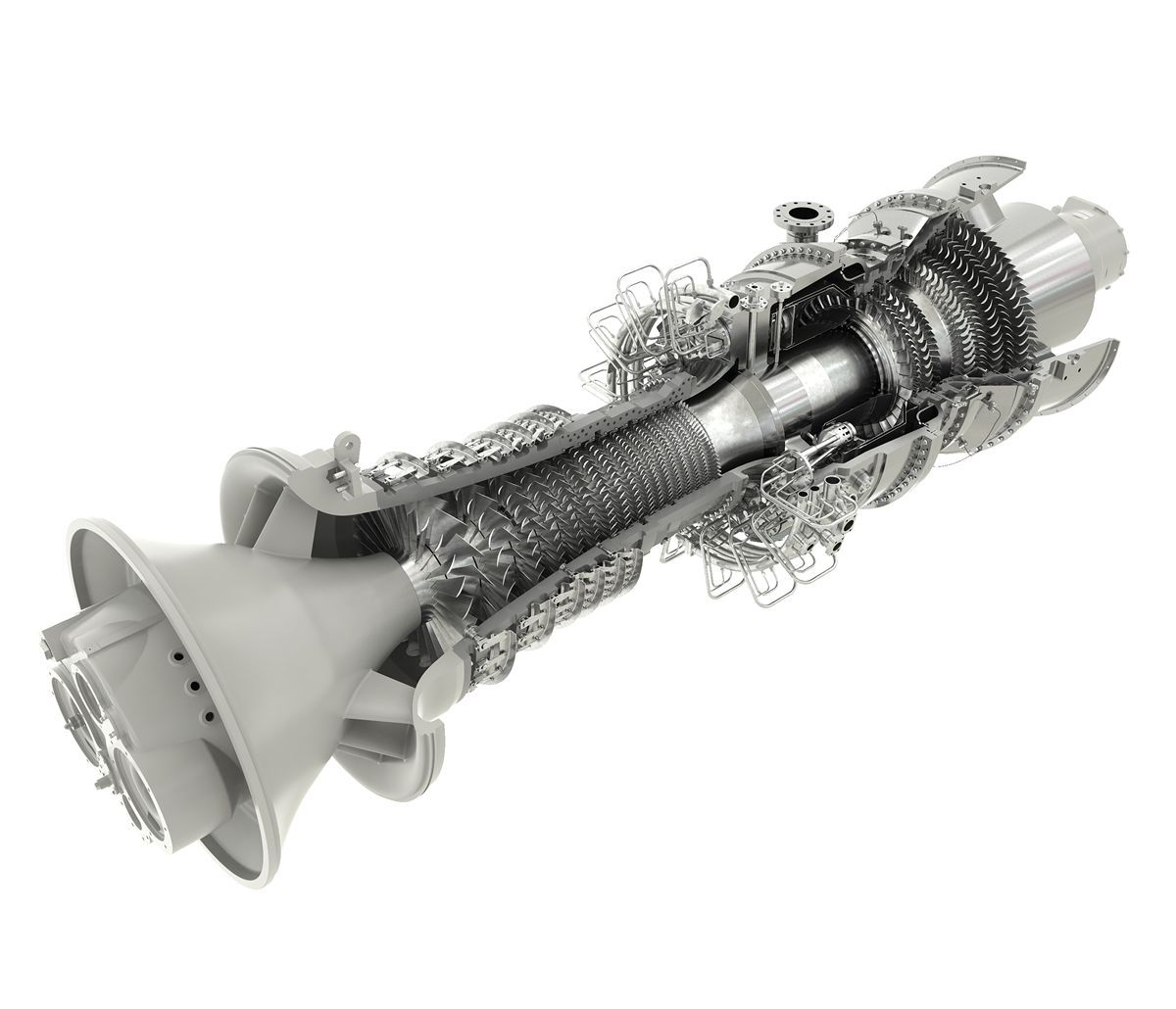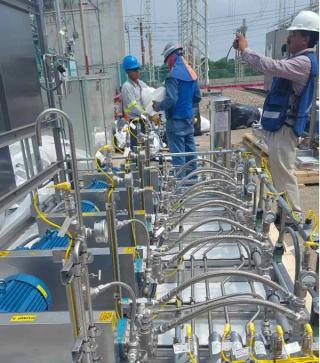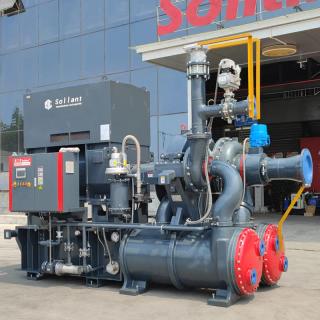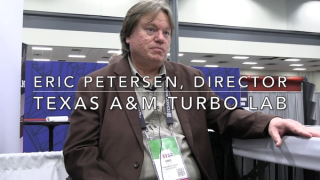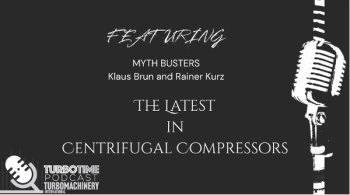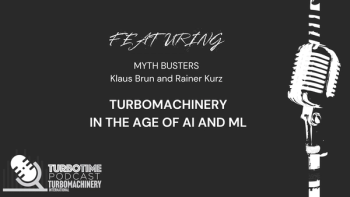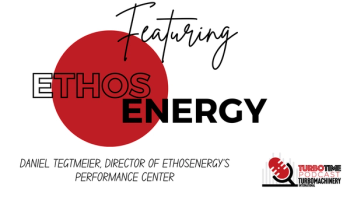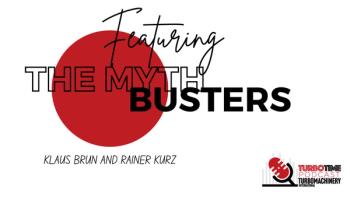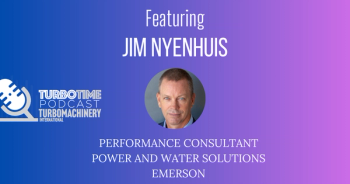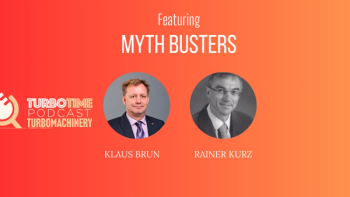
Software & Controls
Latest News
Latest Videos

Shorts

Podcasts
More News

Separate from liquid ammonia operation, the ME-LGIA also sends real-time engine and operational data to Everllence shore-based monitoring to improve performance.

Kozienice is transitioning away from coal-fired power generation, instead using natural gas to generate up to 60% less emissions compared to fossil-fired plants of a similar size.
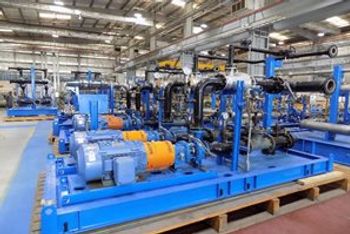
In 2024, the Industrial Process manufacturing facility secured $160 million in orders and is targeting over $300 million in annual orders by 2030.
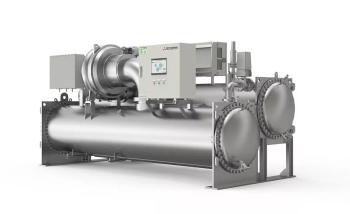
The magnetic bearing technology reinforces an oil-free design, eliminating the need for a lubrication oil system and preventing wear on sliding parts.
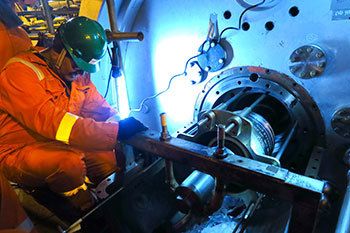
Performance Plus combines data-driven monitoring, expert consultancy, and hands-on training to help turbomachinery users reduce downtime and boost reliability and long-term resilience.

The mtu Series 4000 DS 3600 diesel generators will operate reliably under extreme climatic conditions, designed for ambient temperatures up to 55 °C.

With Antea’s mechanical integrity capabilities, Cordant will link inspection data to asset strategy and performance to optimize maintenance and reduce OPEX costs.
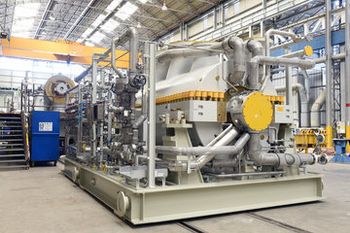
Under the additional contract for Train 5, Baker Hughes will deliver two Frame-7 gas turbines and six centrifugal compressors to support approximately 6 MTPA at the facility.

In addition to installing the world’s largest steam heat pump at Kendall Station, Everllence will include a dynamic process simulation and digital twin of the system.

MARA Holdings will construct numerous power generation facilities and data centers near MPLX’s natural gas processing plants across the Delaware Basin.

The new update improves volute modeling with enhanced 3D models and tongue geometries, in addition to expanded leakage path capabilities with a secondary network solver.

Under the pilot project, the partners will develop ammonia cracking systems to build out hydrogen and ammonia supply chains and decarbonization technologies.
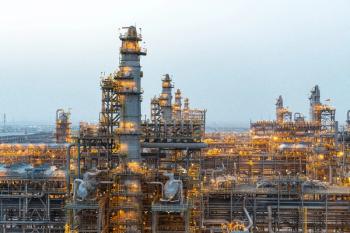
Since installation, the Fadhili Gas Plant has demonstrated a 10 – 15% reduction in amine and steam usage and an approximately 5% reduction in power usage.

Roiled by executive orders, agency rulemakings, and other initiatives, the U.S. power generation landscape has shifted dramatically this year from renewables to dispatchable generation. What’s more, vast and ever-rising estimates of electric demand growth created by data centers, artificial intelligence, and advanced manufacturing are adding to the turbulence.
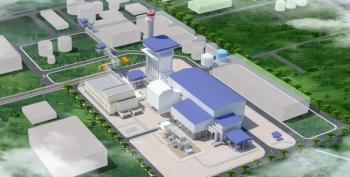
The plant’s post-combustion carbon-capture technology features exhaust gas recirculation, steam integration, and controls integration, reducing up to 90% of CO2 emissions.
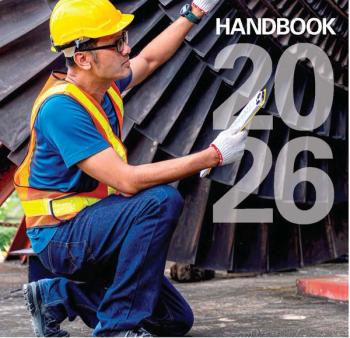
The 2026 Handbook includes a comprehensive outlook of the U.S. power industry and gas turbine market, as well as an industry-wide directory and specifications listings.

These 800-volt direct-current microturbines will be integrated in AI Power Blocks, which deliver power, liquid cooling, and computation in a rapidly deployable system.
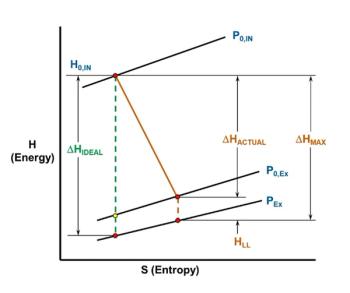
Explore how blade dynamics, velocity triangles, and flow path analysis help operators achieve higher efficiency and reliability in steam turbines.

The September/October 2025 issue covers steam turbine optimization, a pump-centric conversation with the Hydraulic Institute, hybrid grid technology for stabilization, and much more.

By using a fast-starting independent gas power plant, data center operators may come online faster with increased energy security and electricity to the grid.
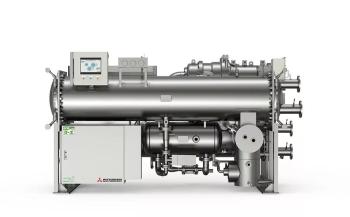
In addition to providing heating and hot water supply for commercial facilities, the ETI-W can serve the electronics, automotive, food, chemical, and pharmaceutical industries.
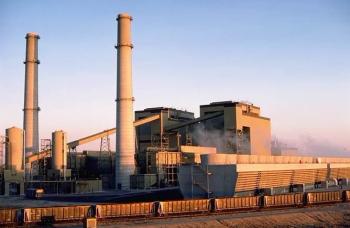
Large-scale gas turbines will be installed at two Xcel Energy facilities, retiring an older coal plant and powering a new peaker plant that will respond to high-demand periods.
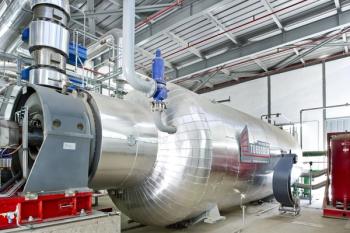
Cape Station’s Phase II engineering and procurement scope includes Turboden’s turbines and control system, expected to generate 300 MWe of power following delivery in 2028.

The company’s compressor testing suggested that single-piece rotor manufacturing enables higher tip speeds, which maintains an optimal pressure ratio for compressing hydrogen.
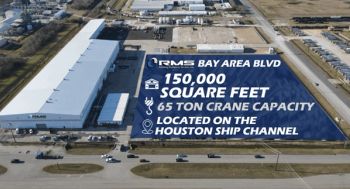
The new headquarters will house advanced capabilities such as laser scanning, virtual assembly, metrology, and much more, allowing RMS to serve Gulf Coast customers quickly.
